Welcome To The Last Generation, A Look Back At Seven Years Of Video Games
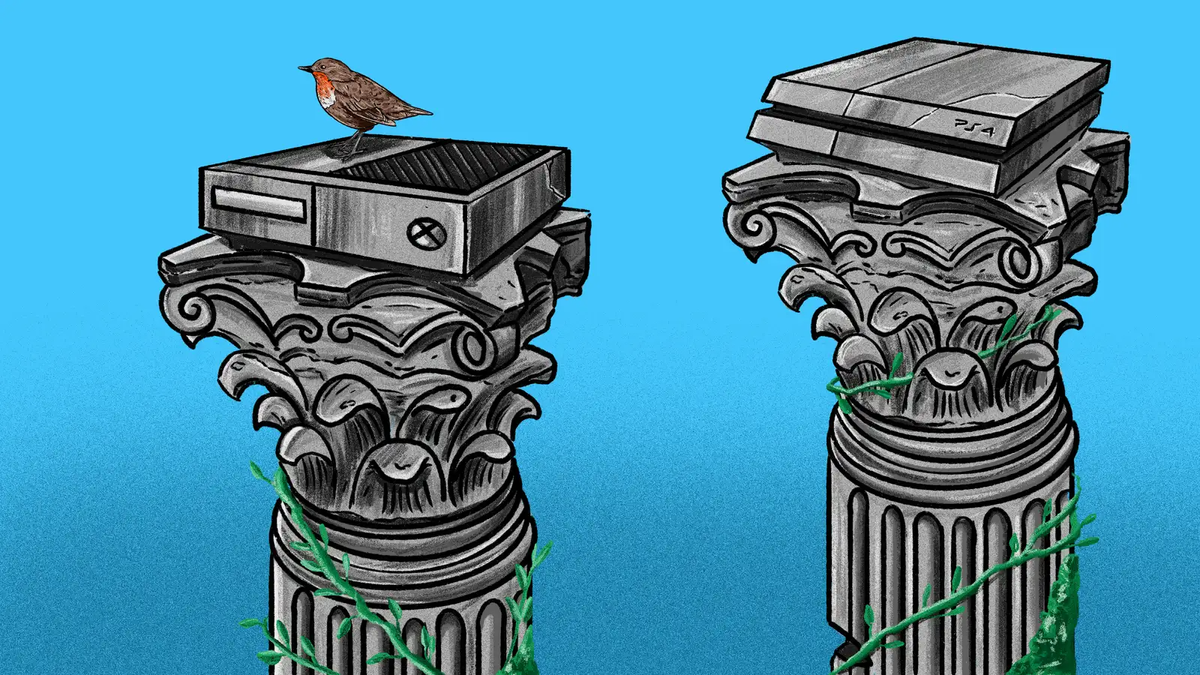
Note: None of these blogs are particularly noteworthy on their own, but I'm still incredibly proud of them as a collection. The Last Generation was a theme week at Kotaku (celebrating the Xbox One/PS3 years) that took place in the midst of the biggest staff turnover and internal turmoil the site had ever seen. As a result I both planned the week and wrote most of its content, an amount of work the site's new owners did not deserve, but which I can at least look back on now as a job well done (for me, and blogs about video games). Original content follows.
Since November 2013 a lot of what we do here, and a lot of what you play at home, has revolved around two video game platforms: the PlayStation 4 and the Xbox One. As we’ve welcomed both console’s successors in the last week, first the Xbox Series X and then the PlayStation 5, now seems the perfect time to say our goodbyes to their forebears.
As the sun sets on the eighth generation of home console gaming, we’re going to spend the rest of the month looking back with a series of posts remembering some of our fondest, most important and at times least favourite memories of the outgoing console generation.
Older readers may remember we did the same thing back in 2013 as we said goodbye to the PS3, Xbox 360 and Nintendo Wii, and back then, Kirk prefaced the week by saying:
Some of these articles will focus on big ideas, on the innovations and trends that came to define gaming at large. Some of these articles will focus on small ideas—they’ll recognize the little things that deserve no less recognition for their small stature. We’ll talk about games in addition to hardware—our favorite characters and stories, and the best ideas and worlds that came into being. Basically, we’ll talk about everything.
Needless to say, we’re all pretty psyched.
Same deal this time around! And just like last time, we’re keeping this strictly to the departing consoles that defined the generation in the first place, so don’t expect coverage of PC games, or phone games, or anything else unless it played a part in helping shape our collective impressions of Sony’s fourth console and Microsoft’s third.
As for Nintendo, well, bailing on the Wii U and replacing it in 2016 with the Switch, right in the middle of its competitors’ console cycles, kinda excludes them from such sweeping generational chat, but I’m sure we’ll find some room in the next week to talk about their disruptive and hugely successful moves as well...
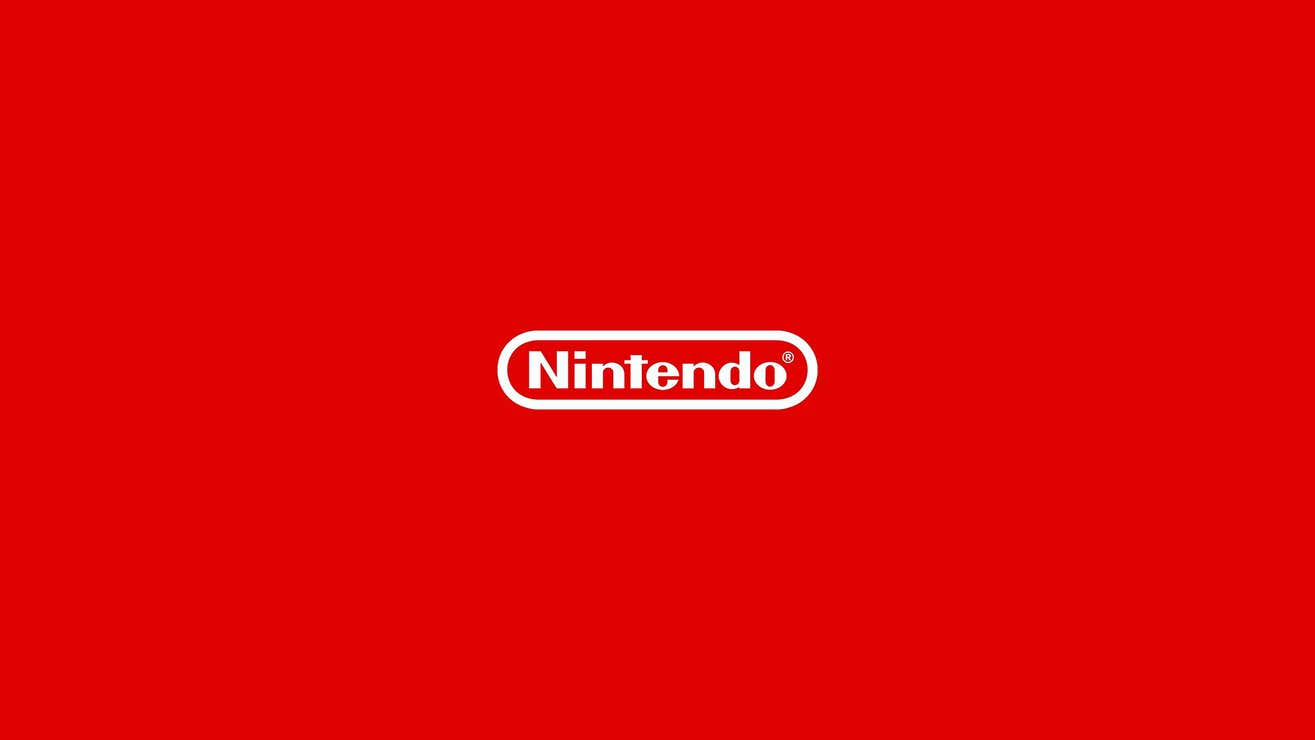
Nintendo Completely Bailed On Console Generations, And Nobody Gave A Shit
The last time we said goodbye to a whole generation of video game consoles, it was 2013, and we said our farewells to three machines. This time around, we’re only saying goodbye to two, because Nintendo walked away from this game a long time ago.
Remember the Wii U? Nintendo would rather not, but it’s easy to forget that their successor to the Wii, one of the best-selling consoles of all time and a true mainstream breakthrough, was neither of those things. Released in 2012 it was a disaster, from the name to the mushy touchscreen to the cheap build quality to the lack of standout games.
“Oh, come on man, it wasn’t a disaster,” some of you may already be typing in a tweet, albeit with less punctuation. “That Mario game was good!”
It was! It was great! I reviewed it! But consider this: the Wii sold over 100 million units. Do you know how many the Wii U sold? 13 million. That’s not a drop-off. For a company that makes its money selling video games and video game consoles that’s a trap-door to hell.
Nintendo couldn’t get rid of it fast enough, and so despite releasing in November 2012—giving it a year’s head start on Sony and Microsoft’s next consoles which wouldn’t release until November 2013—the Wii U was replaced only 4.5 years later, in March 2017, by the Nintendo Switch.
What happened next is of course history. Nintendo’s newest console is a big hit, having sold around 70 million already, and when you look back on the company’s 21st century history, it’s easy to forget the Wii U existed at all, so long are the shadows cast by systems like the Wii, DS and Switch.
But the Wii U’s sacrifice was not in vain. If the Wii was Nintendo beginning the process of decoupling itself from an arms race it couldn’t afford to keep up with (by deciding that hey, specs aren’t everything), then the Wii U finished the job by bailing on the idea that every new console on the planet had to come out at roughly the same time as other new consoles.
When the Wii U came out in 2012, it was already caught in the gravitational pull of the PS4 and Xbox One’s 2013 release. When the Switch was released in 2017, it didn’t have to worry about a thing! It wasn’t trying to compete with Sony and Microsoft’s hardware, and it wasn’t anywhere near their release timeframes either. It was free.
It could just exist in its own space, Nintendoland, which at the moment is one of the best places they—or we!—can be. It’s just somewhere Nintendo can release their own amazing games, and sometimes we can play indie games too, and you can play them on a TV but also on the go and god no wonder the thing keeps selling because everything about it is just so fucking good.
So yeah, it’s weird to be saying goodbye to a whole generation and spending nearly all of our time speaking about just two consoles. But that’s the world we’re in thanks to Nintendo’s breakaway, and perhaps the most amazing thing about the whole process has been how little anybody, from any side, has really given a shit about it.
Sony and Microsoft are doing their thing—Microsoft even helping Nintendo out from time to time—while Nintendo is very comfortable in Nintendoland, doing its own successful Nintendo things. Everybody wins. Everybody’s happy. And how often in this business do you get to say that?
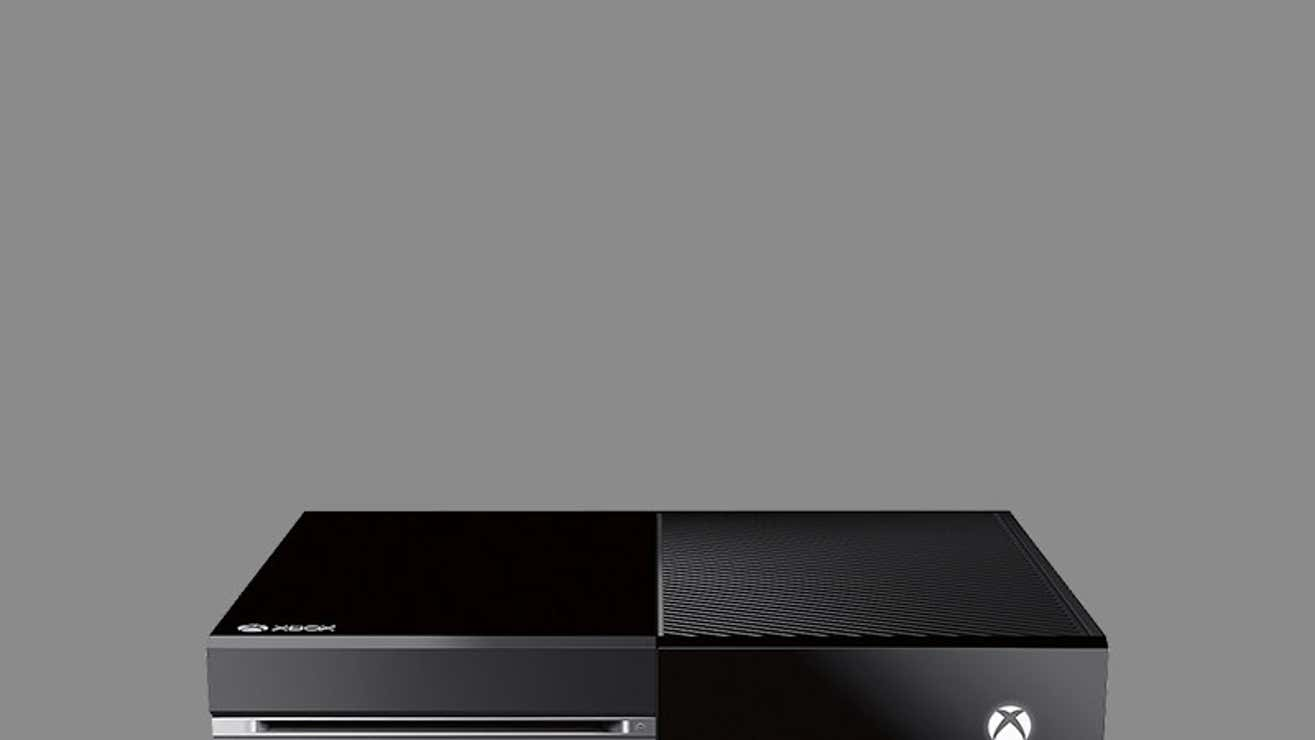
Goodbye To The Xbox One, The Most Pointless Console I Have Ever Owned
I moved house last year, and while packing everything away my wife and I made a simple rule: if anything was still in its box 12 months later, we would get rid of it, because that meant we never used it and didn’t need it. Last month, I sold my Xbox One.
I remember lining up at midnight to get it at launch back in 2013, excited to be completing my next-gen line-up, having bought the PlayStation 4 the week before. I spent AUD$550 on it—cheaper than a Series X this time around, but still a lot for someone with two small kids, a mortgage and a game journalist’s salary—but did so on the basis that, hey, the last two Xbox consoles I’d owned had been fucking amazing, so this one would probably be worth it too.
It wasn’t. Within weeks it was collecting dust. Within months it was—aside from the odd professional use—almost forgotten.
Microsoft’s bizarre early obsession with live TV support and apps for the console was useless to me in Australia. Kinect support was, as it had been on the Xbox 360, an answer looking for a question. Oh, and most importantly, I wasn’t playing any games on it.
For the first and hopefully only time in over 30 years of owning video game consoles, I never bought a single game for the Xbox One (I was sometimes sent review code, and the console came with a copy of FIFA 14). And never had much reason to! Multiplayer games tended to be better on PlayStation 4, both technologically and in terms of community size, and Microsoft’s decision to gut its own internal development studios over the late ‘00s meant there weren’t that many exclusives to fall back on either.
I tried Halo 5. Didn’t like it. The Gears of War games came out on PC, so I played them there. Same for Forza. Fable was dead, Project Gotham was dead. And while the Xbox One X promised to at least close the gap on Sony in terms of performance, there was no way in hell I was going to buy a second Xbox One (an issue I’ll be expanding on in a different Last Generation feature).
And so when we moved house last year, my Xbox One was one of the first things to go into its box, and I don’t remember even thinking about it still being there until my wife found it in the garage and said, “We should probably get rid of this.”
It wasn’t an unreliable machine like the Xbox 360, it wasn’t over-priced like the PlayStation 3, it wasn’t a bad idea like the Wii U, or a machine out of time like the Dreamcast. But I think the Xbox One was the worst console I’ve ever owned simply because it was so pointless.
Why did this machine exist, with nothing to set it above—or even apart—from its competitor? Without many big games of its own, or any technological reason to opt for a multiplatform game over the PS4 version, my Xbox One was barely a video game console at all, just a black box I spent $550 on then regretted for the next seven years.
Obviously Microsoft don’t need me telling them any of this. Sony’s resounding sales victory in this past generation, selling well over twice as many consoles, was built on the strength of its library of games, big-selling exclusives especially, and Microsoft’s recent purchases of big brands like Zenimax/Bethesda shows they’ve definitely learned that lesson.
The company’s Game Pass, too, will change the shape of this console generation in a way we couldn’t really appreciate last gen. If customers were lured towards the PS4 thanks to some kind of game and community-based gravitational pull, then Game Pass is more like a black hole sucking everything and everyone towards the centre of the Xbox Series X/S universe.
But those last two points are for the future, and this feature isn’t about the future—one where I’m a lot more positive about all things Xbox. It’s about the past, somewhere I’m all too happy to consign my memories of the Xbox One to.
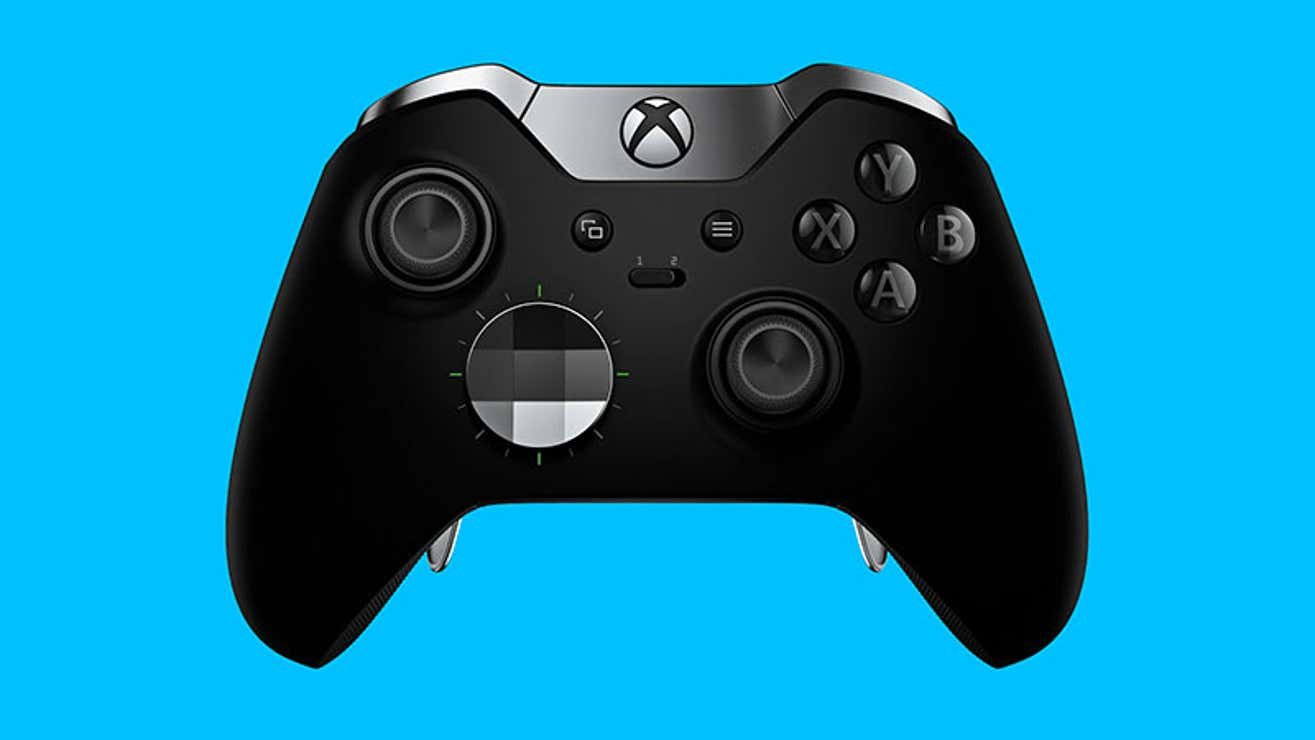
The Xbox Elite Controller Was Premium, And I Respect That
For a multi-billion dollar industry that is supposedly at the vanguard of 21st-century technology advancement, video games sure like to keep things basic.
Think about it: there’s very little that’s premium about console video gaming. You can’t buy a fancier version of the Switch with an OLED screen and stronger buttons. You can’t buy a PS5 in a smaller form factor with a brushed gunmetal case.
Isn’t that weird? If I want to buy a bigger, more expensive phone than the standard iPhone, I can. If I want to buy a top-end model of a car, I can (well, I could if I could afford one). TVs, clothes, even PC gaming hardware, you name it, nearly everything on this planet that you can buy, you can buy it in a premium form factor, whether you want a superior build quality or just to flex on people (or both!).
Yet consoles launch in a fairly standard form, and over their lifetime only get cheaper. That’s fine, there’s nothing wrong with that, and over the last decade all three platform holders have done a good job of making their machines look like well-made, respectable pieces of consumer electronics. I’m not saying anything we have available at the moment is cheap.
I’m just saying sometimes I wish the option was there to go a little fancier.
I’m far from rich, but occasionally I like to treat myself. I think, if the budget ever allows it, it’s a fun and worthwhile thing to do. Usually with a nice pair of sneakers, or maybe dinner for the family at a swish restaurant. In December 2015, in a very rare example of being able to do this in the video game space, I treated myself to an Xbox Elite wireless controller.
I’m of the opinion that the Xbox controller design, which is now entering its third console generation, is as close to ergonomic perfection as a controller can get. The stick layout is great for everything from driving games to shooters, the buttons are in just the right spots, and the whole thing feels so good in the hand.
The Elite was expensive, around half the price I’d paid for my Xbox One itself, but given the line of work I’m in, and the fact I could also use it on my PC, I figured what the hell, it was probably worth it.
I’ve never looked back. Five years later it’s still sitting here, albeit plugged into my PC for the most part, getting used almost every single day, and still looking as good as the day I bought it. If you’ve never used one, the Elite has the same overall design as a standard Xbox One controller, only everything about it is just better. The plastic casing is thicker and heavier, providing more heft in the hand, while the sticks are a wonderfully-smooth metal and the triggers are a work of art. It even comes in a big, tough carrying case.
It is, in other words, premium. A very rare example of console gaming trying to hit that spot in the market, and an even rarer example of it succeeding.
And I love it. I love how it has evolved from a curious flex into an indispensable tool, something I use 6-7 times a week (justifying the initial cost), and which I’ve been able to count on every time, and never had it fail me. (Note: I’m aware others may have had reliability issues, as with any manufactured good, but this is my story, not theirs/yours.) If I were a trucker the Elite would be my truck, if I were a photographer it would be my camera.
So thank you, Microsoft, for waking up one day and figuring, you know what, let’s make something premium. I appreciate the opportunity to invest in it, and wish Sony and Nintendo would take note.
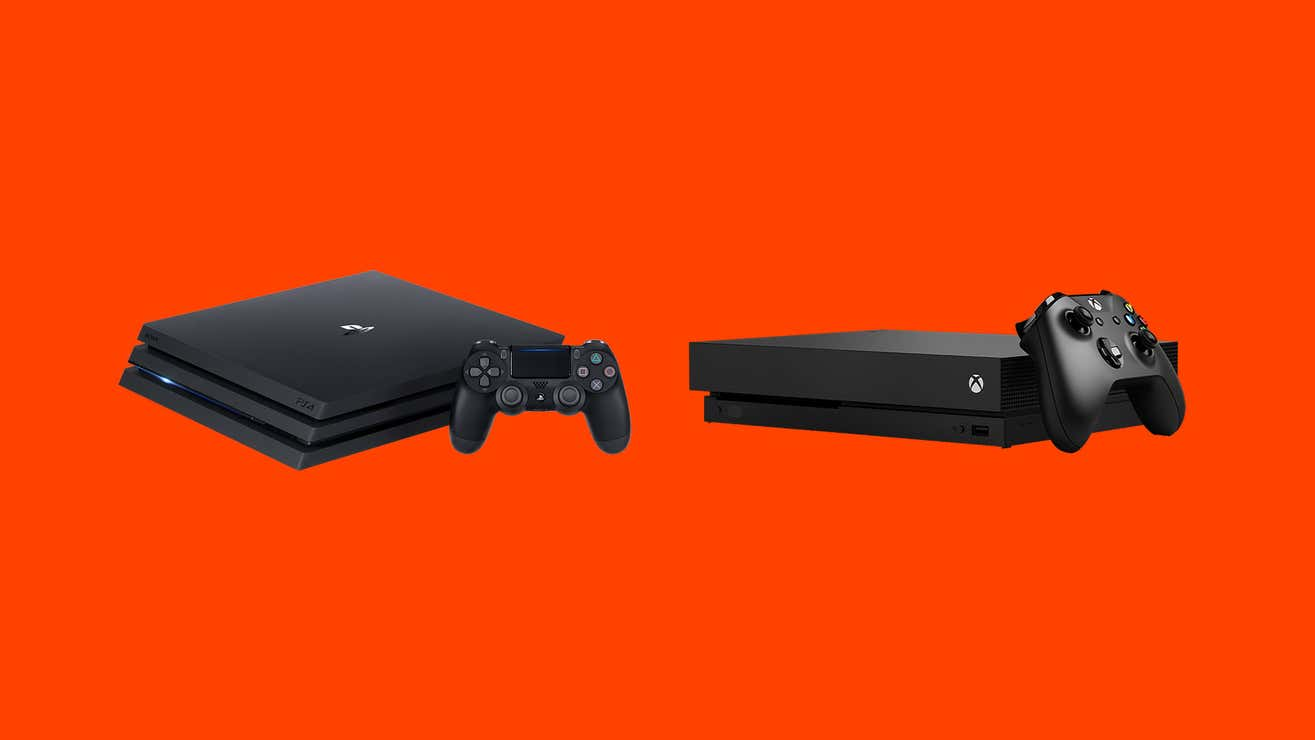
Maybe The PS4 Pro And Xbox One X Were A Bad Idea
I know they’ve sold a lot of units—big techy launch things always have and always will—but there was no avoiding the fact that this month’s next-gen console launches felt a little...muted.
Sure, you could blame some (or even more than some!) of that on a global pandemic and associated economic downturn, a little on an underwhelming slate of launch titles and even spare a dash for the distractions that came with a monumental US election.
But even placing those factors neatly to the side for a moment, things still felt off. For a while now video game consoles have been involved in a high stakes game of diminishing returns, each new generation of hardware slightly less ground-breaking than the last. In the 1990s we went from side-scrolling pixels to a universe of 3D in one jump, and collectively lost our minds. By 2013, the gains being made by leaping to a whole new era of consoles were shrinking fast. In 2020 we’ve gone from expensive open worlds rendered in 4K to...more expensive open worlds rendered in 4K.
It’s not much of a jump, and that feeling sure wasn’t helped by the fact Sony and Microsoft released consoles in 2013, but then went and released two more in 2016.
When the PS4 Pro and Xbox One X were released, I was not impressed. For starters, it was some PC-upgrade type bullshit! I bought consoles precisely to avoid having to upgrade every 3-4 years, but here both Sony and Microsoft were, dropping iterative improvements of the same machine only three years after the originals were released.
I wasn’t down with the way this created a tiered system among a console’s userbase, where the same game, running on the same company’s platforms, could offer such different results. Take Red Dead Redemption 2, for example: of the four consoles on which it was available, it was somehow both worst and best on Microsoft’s hardware (Xbox One and Xbox One X respectively).
And now, in 2020, I’m even less of a fan, because these half-assed upgrades have robbed me of what little interest I could have mustered for the PlayStation 5 and Xbox Series X among all that other stuff I mentioned up top.
Do you remember back in 2005, when the Xbox 360 and PS3 launched, and the big thing was that they could display in “HD”, and you thought that didn’t mean much and didn’t care, until you played a game on a big screen at 1080p and thought, “Holy shit this is nice”?
4K is exactly like that. Even as recently as the PS4 Pro and Xbox One X’s launch, I was dismissive of it, maybe because I wasn’t that interested in seeing the same games I could play on a PS4, maybe because I didn’t have a 4K TV at the time.
I’ve since got a 4K monitor, though, and it took me about five minutes of playing stuff like Death Stranding and Horizon Zero Dawn at those resolutions to make me say, “Holy shit this is nice.”
Indeed it’s one of the biggest video gaming tech improvements I’ve seen in years, right up there with SSD load speeds. A transformative experience that, had I been seeing it only now in new consoles—at a time when more affordable 4K TV purchases are going through the roof—would have made me think, yeah, OK, cool, these are next generation consoles.
Only it’s not, because that card was played back in 2016, leaving this year’s launches to feature stuff like...faster loading times? And some fancy resume abilities? Those are cool and welcome features, don’t get me wrong, but are they really the kind of things that get you excited for a whole new generation of consoles?
They sure aren’t for me. The PS4 Pro and Xbox One X came in half-assed and stole that thunder already, setting a precedent where I don’t look at the PS5 and Xbox One X as new machines at all, but simply the next iterative improvement, like the Pro and One X were to the PS4 and Xbox One.
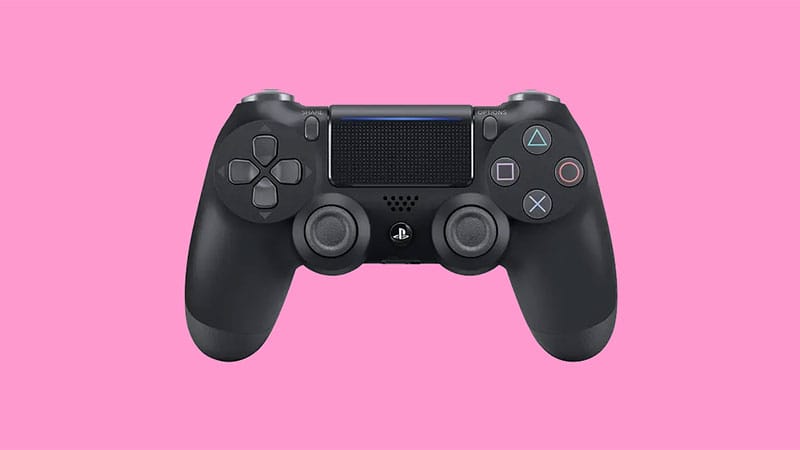
Congratulations Sony, The DualShock 4 Didn't Suck
The last time we did one of these generational roundups, I wrote a piece on how the DualShock 3 “sucked”. This is a sentiment dating back to my time with the DualShock and DualShock 2, both of which also sucked.
Here’s some of what I said back in 2013:
The DualShock 3 - and Sixaxis before it - are by today’s standards terrible pads. I find them to be uncomfortable to hold for long periods of time, not to mention occasionally physically painful (thumb tendons aren’t meant to hold sticks like that).
Their triggers feel cheap. The thumbstick placement is far from ideal for playing shooters, and those thumbsticks have a deadzone as big as a mass grave.
Bad controllers, the lot of them! Sure, you could survive using them, but compared to the Dreamcast’s controller, or the GameCube’s, or the Xbox’s, or especially the Xbox 360's, they were crud.
While Sony sticking with the same basic controller design for three console generations built some kind of brand tradition, by the time the PlayStation 4 came around in 2013 it was clear that, even for the most cracked Sony fanperson, a change was required.
Enter the DualShock 4. What could have been a retread of the last three controllers, and perhaps should have been a complete redesign, instead somehow managed to walk the line astride both. It changed the look and feel of the pad just enough to improve on so many of its inconsistencies, while retaining enough of the DualShock DNA to let people look at it and say at a glance, yup, that’s a PlayStation controller alright.
I did not like the retention of the thumbsticks being in the middle of the controller. I have never met a person in my life who finds this the optimal way to play modern 3D games with camera controls—shooters especially—leading me to think that leaving them there not just for the PS4, but on the DualSense for the PS5 as well, is just some hardware team at Sony fucking with us.
I also did not like how squishy the main triggers were. That was a problem on older DualShocks, and while improved slightly here, it was still an issue. Especially when I spent so much of my time on the Xbox Elite controller, which is almost perfect.
The list of things I did like is much longer. First up, I loved the feel. The matte finish applied to many official DualShock 4 controllers didn’t just feel lovely in the hand, it also kept fingerprints at bay.
I loved the touchpad. I of course wish more games had made use of it, just like I wish more games had made use of the Vita’s rear touchpad, but we live in a world where sometimes console gimmicks just don’t stick, and this was one of them.
I loved the overall comfort. Sure, the DualShock 4 kept the same basic shape as its predecessors, but rounding off the edges of its “handles” made it far more pleasurable experience to use for hours on end than any other PlayStation controller had ever been.
I loved the microphone, and think every game that used it to make little phone noises, or play you intercom dialogue instead of through the actual speakers, deserves a Gold Star.
But most of all I loved the light, a console gimmick that did stick. It was great when games could use it smartly to tell you game stuff, but it was even better in multiplayer scenarios. Looking around the couches of my first PS4 FIFA night with my mates, and being able to tell instantly who was playing who and whose controller was whose just by looking at the colour-coded lighting, was like a console feature had arrived early from 2030.
This would be the part where I compare the DualShock 4 to the DualSense and say my goodbyes while looking into the future, but I haven’t laid hands on the PS5's controller yet. So in lieu of that I’ll just say goodbye to the DualShock 4, and say thank you, Sony, for finally daring to be a little bit different.
These stories were originally published in October-November 2020

